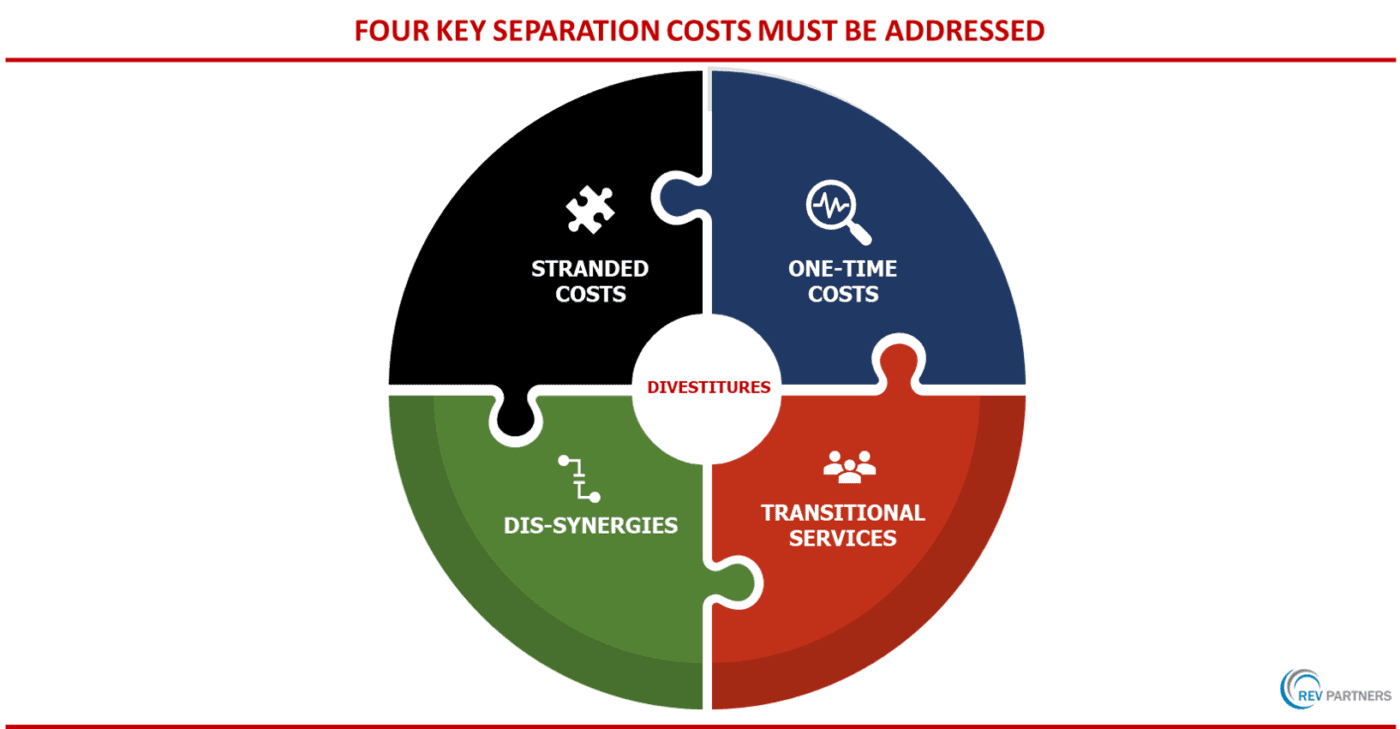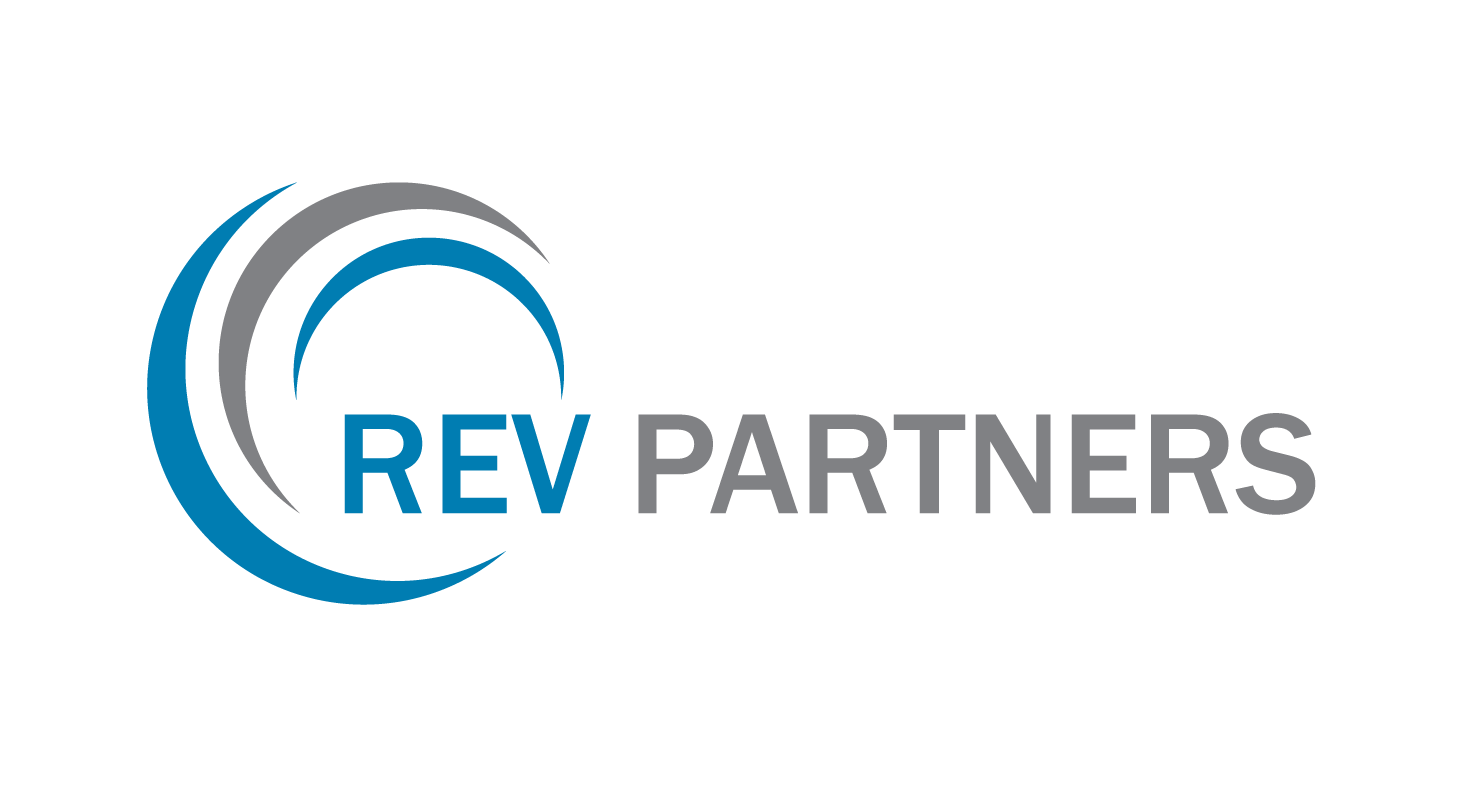The Importance of Managing Divestiture Separation Costs
I
n the process of divesting a business, executives must pay close attention to the potential pitfalls of divestiture separation costs. Extracting a business unit from its parent company while maintaining daily operations can be a highly complex and costly endeavor. Companies may face significant one-time costs and ongoing expenses related to transitional services, lost economies of scale, and inefficient post-divestment structures. These challenges can cause stress across the organization and detract from focusing on business performance.
Reasons for Divesting and Market Response
Companies have various reasons to divest assets or businesses, such as investor pressure to focus on core value creation or reducing debt accumulated during difficult times like the pandemic. Capital markets generally respond favorably to divestitures, with share prices often increasing upon announcement.
Mastering the Carve-Out Process
To mitigate the impact of separation costs, companies must address them early in the process and manage them proactively throughout the divestiture. By engaging in careful planning and rigorous execution, businesses can successfully navigate the carve-out without incurring excessive costs.
“To mitigate the impact of separation costs, companies must address them early in the process and manage them proactively throughout the divestiture.”
Divestiture Methods and Costs
Companies typically employ three methods for divesting businesses: trade sales, IPOs, or spinoffs. Regardless of the approach, transaction and operational separation costs are common. Transaction costs involve financial and legal separation expenses, while operational separation costs pertain to extracting personnel, assets, technology, and contracts from the parent company.
Factors Influencing Separation Costs
The complexity and expense of a carve-out are influenced by the degree of entanglement between the divested business and parent company, the size of the divested business, industry-specific factors, and the type of transaction or acquirer. Executives’ inexperience with large carve-outs can also contribute to higher-than-expected separation costs.
Four Key Separation Costs Must be Addressed
Separation costs can usually be classified into four categories: one-time costs, transitional services, dis-synergies, and stranded costs.


Targeting One-Time Costs
One-time costs involve the expenses a parent company incurs during the separation of operations, assets, and business restructuring. Such costs include relocation expenses and severance payments. The magnitude of one-time costs varies, with figures spanning from 1% to 4% of the divested business’s revenues and potentially reaching up to low single digits in particularly large and intricate carve-outs.
“The magnitude of one-time costs varies, with figures spanning from 1% to 4% of the divested business’s revenues and potentially reaching up to low single digits in particularly large and intricate carve-outs.”
Factors influencing these costs include deal size and complexity, such as the number of legal entities being separated or the degree of interdependence among processes, systems, and assets.
Managing Transitional Services
Transitional services comprise temporary support provided by the parent company to maintain the divested business’s operational continuity. These services, which typically last between 6 and 30 months after the deal closes, encompass a range of areas such as back-office operations, finance, maintenance, manufacturing, marketing, and sales. While the buyer generally covers ongoing transitional service expenses, the parent company shoulders the one-time costs associated with establishing these services.
Tackling Dis-synergies
Dis-synergies arise when economies of scale diminish and unit costs escalate after carving out a business. Common manifestations include lost scale in shared services, underutilized shared facilities, and revenue dis-synergies resulting from decreased cross-selling opportunities. Dis-synergies can lead to increased operational costs, as the divested entity may need to establish new processes or systems to replace.
Addressing Stranded Costs
Stranded costs are expenses that persist with the parent company post-divestiture and are connected to the divested business’s operations. These costs often involve personnel who continue providing transitional services to the buyer but become underutilized once the transitional service period concludes. Developing a strategy to manage these costs is crucial, which may involve identifying ways to operate more efficiently within a smaller organization.
Cost Control in Divestitures
To effectively manage separation costs, companies should adhere to these principles:
- Establish strategic design choices early in the carve-out process.
- Formulate a cost control plan, including an initial budget and proactive efforts to address stranded costs. Leveraging industry-specific insights and best practices to identify potential cost drivers and mitigate risks. Establish clear distinctions between separation costs and optimization costs (such as system upgrades) to better assess the reasonableness of expenses
- Maintain adherence to the plan by implementing a robust separation management office and enforcing a strict approval process for budgetary alterations. Implementing rigorous decision-making processes help.
- Concentrate on reducing stranded costs early and adopt a long-term perspective on dis-synergies, possibly reevaluating the operating model and utilizing zero-based budgeting.
By meticulously planning and executing the separation process, companies can sidestep excessive costs and preserve focus on their day-to-day operations, ultimately realizing their value-creation goals.
——————————————————————————————————————————-
ABOUT REV PARTNERS
REV Partners. Business Transformation Experts. Digital Transformation Experts. We are a Management Consulting & Advisory firm. We help Fortune 500 & Private Equity clients address the most pressing issues related to Transformation, Strategy, Operations, Organization and Digital. We can also provide experienced experts as Interim “Chief Transformation Officer” or equivalent, to accelerate, lead and execute ambitious Business Transformation or Digital Transformation programs. If you or your organization need support, please contact us, follow us on Twitter, or Email us at: meet@revpartners.com.
© REV Partners. All Rights Reserved

